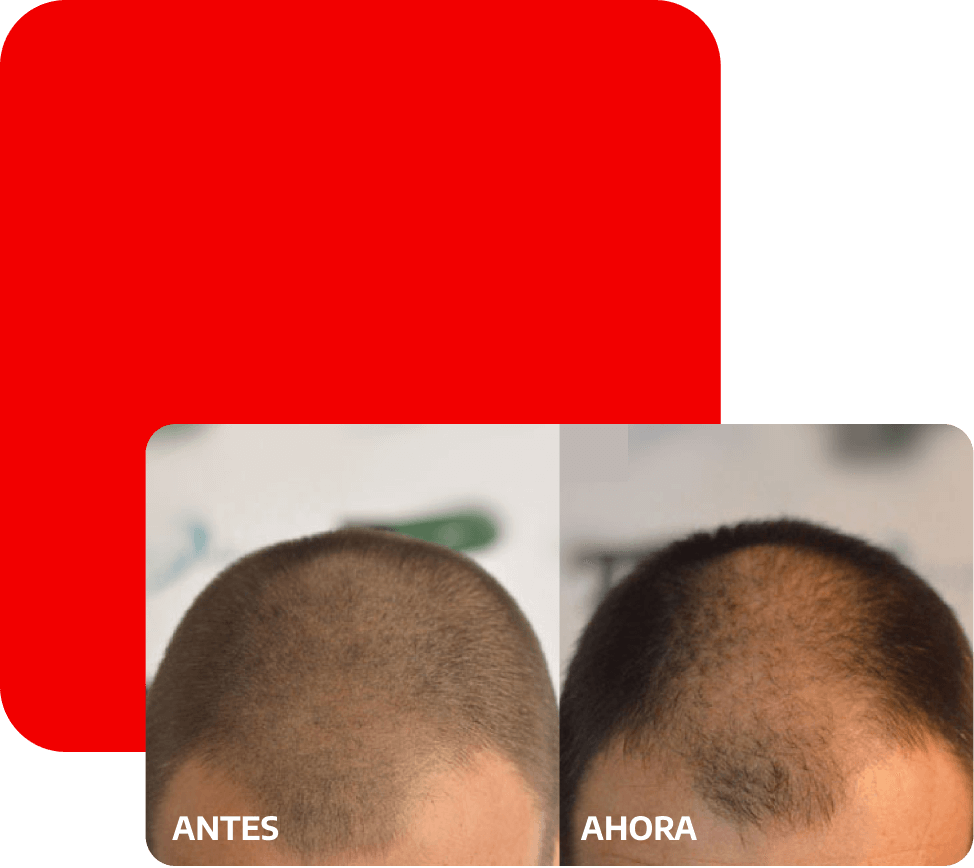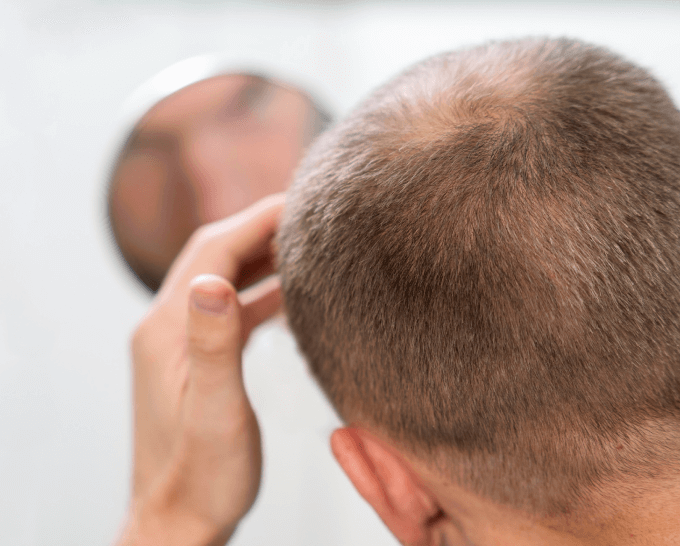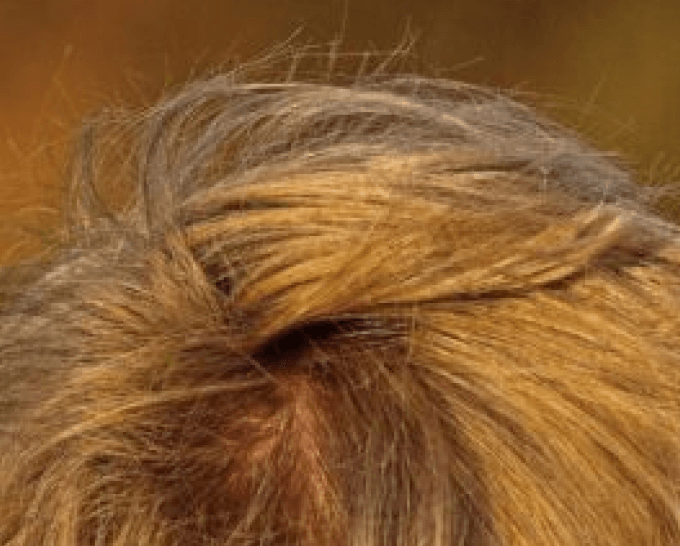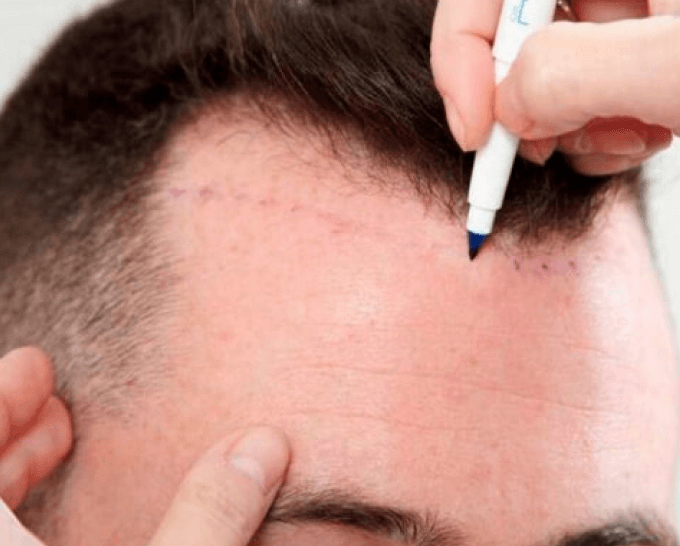Hair micropigmentation is applied in several cases, such as:
In addition, it can complement micro hair transplantation to achieve a greater sense of volume and is especially useful for those who want the appearance of having shaved hair despite having hair.




















The doctor-patient relationship relationship is of vital importance throughout the entire process. It always begins with a free assessment and diagnostic consultation. During this consultation, our medical professionals will assess your individual situation and recommend the best treatment for your case.
We commit to providing you with the safest and most effective medical care, ensuring that you are comfortable and confident in your decision to seek treatment with us.
Your doctor will be present during the hair transplant procedure, as well as during the medical treatment through the established protocol-defined check-ups. There, you can monitor the progress of your case and discuss the advances in your treatment.
Hair micropigmentation is applied in several cases, such as:
In addition, it can complement micro hair transplantation to achieve a greater sense of volume and is especially useful for those who want the appearance of having shaved hair despite having hair.




















The number of sessions depends on each case, although the average is usually 3 to 4 sessions of 2 to 3 hours, with intervals of 2 weeks between each one.
Generally, it is tolerable, and topical anesthesia can be applied to minimize any discomfort.
Hair micropigmentation does not cause permanent damage to the scalp or follicles when performed by a qualified professional.
Recovery is quick, generally you can return to normal activities in a few days.

















